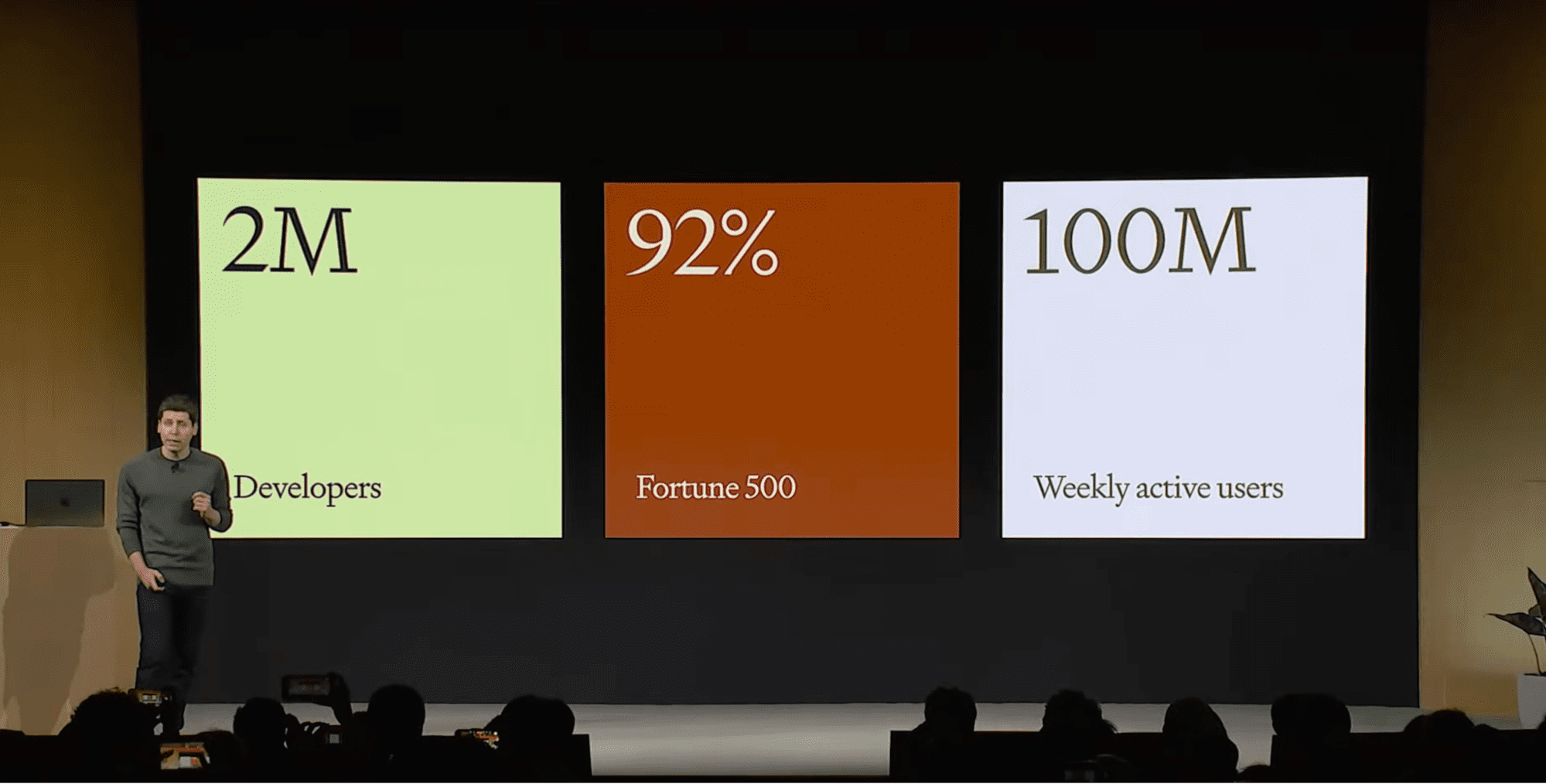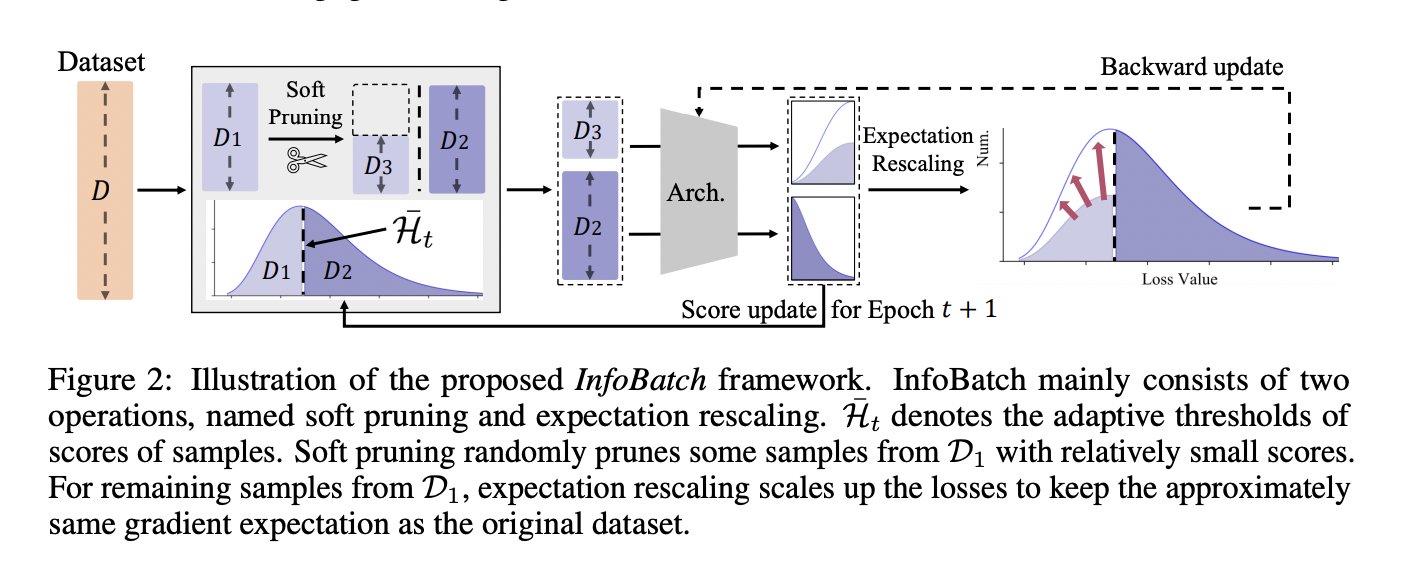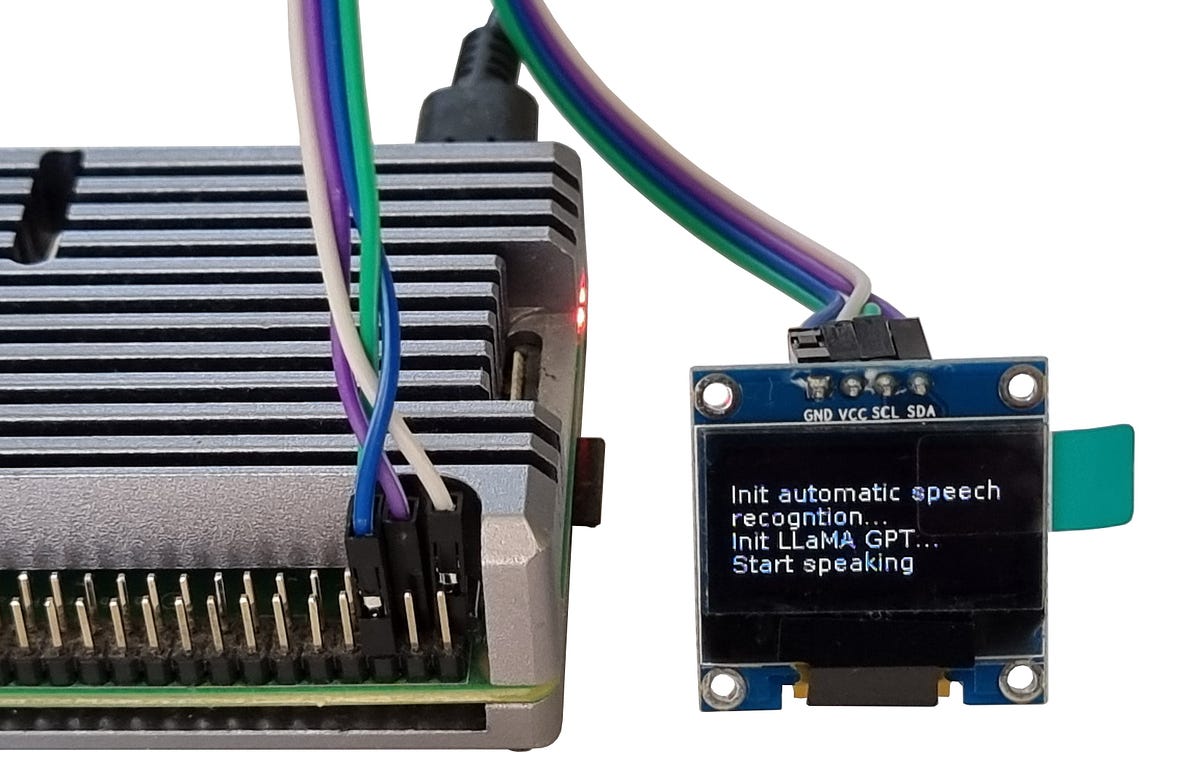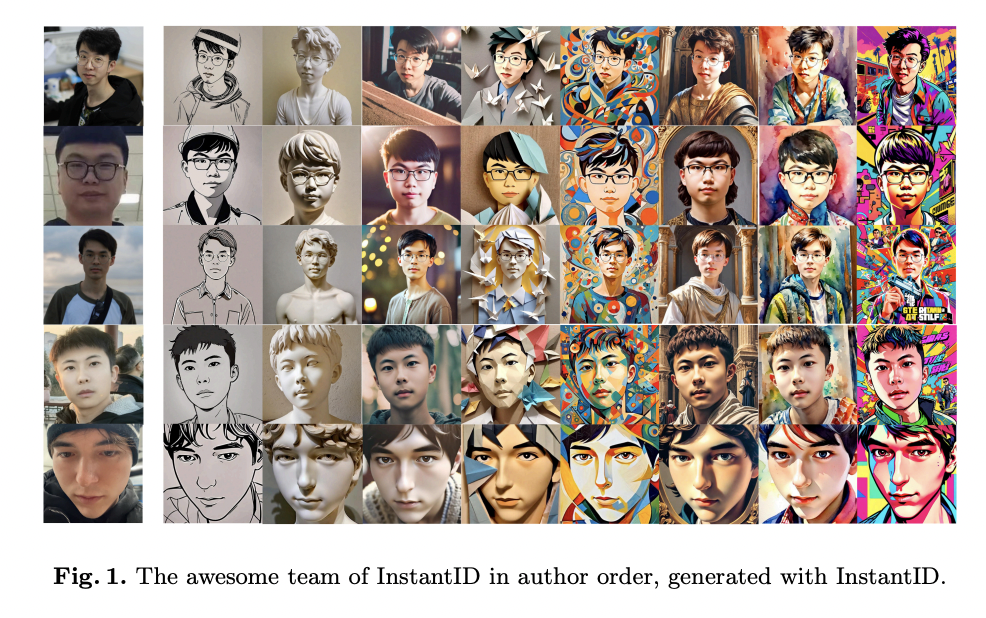This week on KDnuggets: We cover what a generative AI developer does, what tools you need to master, and how to get started • An in-depth analysis of Python DataFrame library syntax, speed, and usability... which one is best? • And much, much more!
Source link











